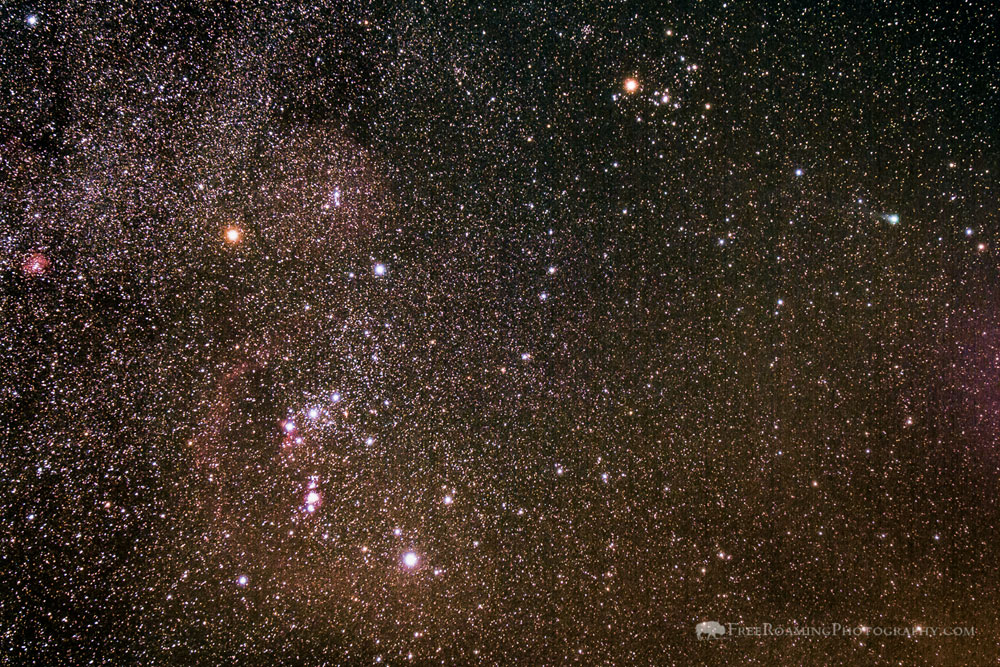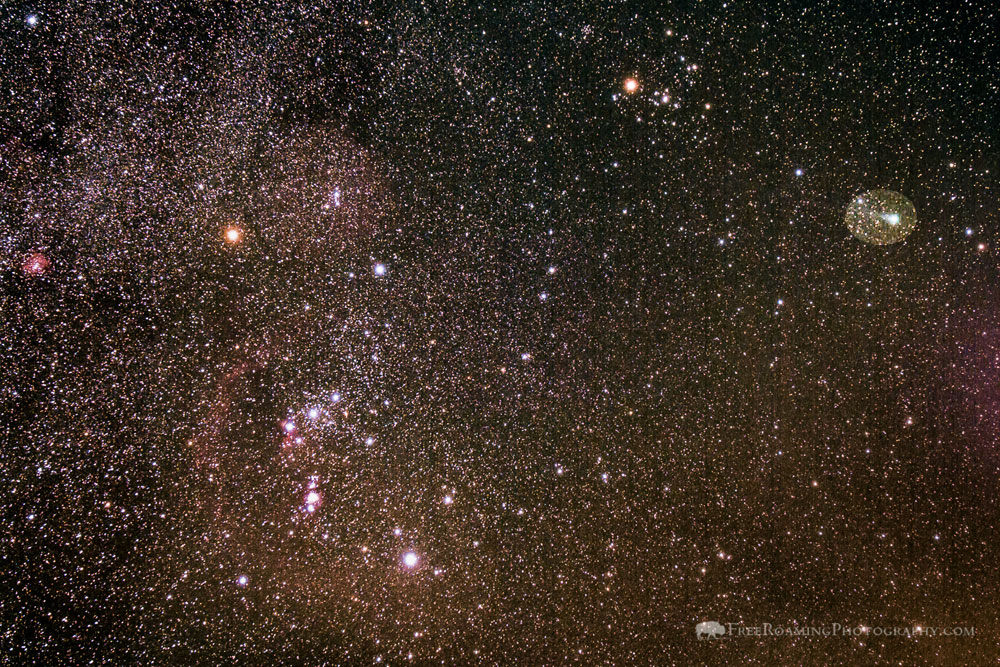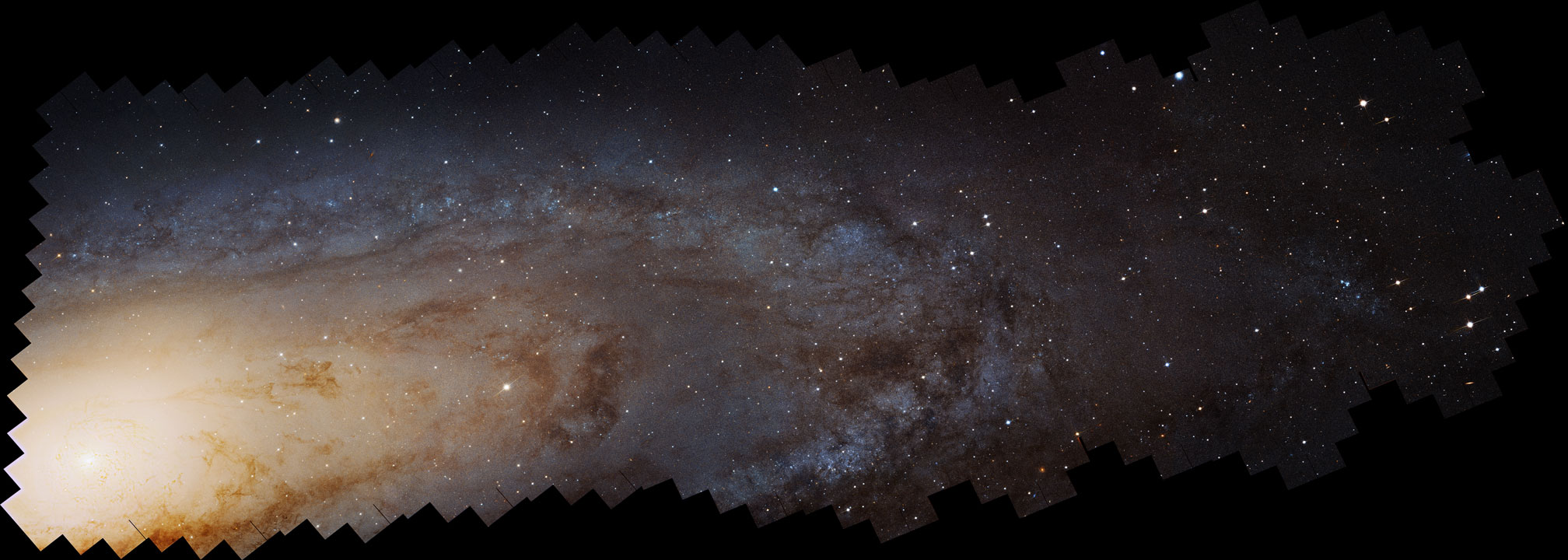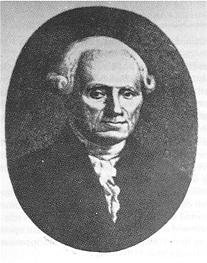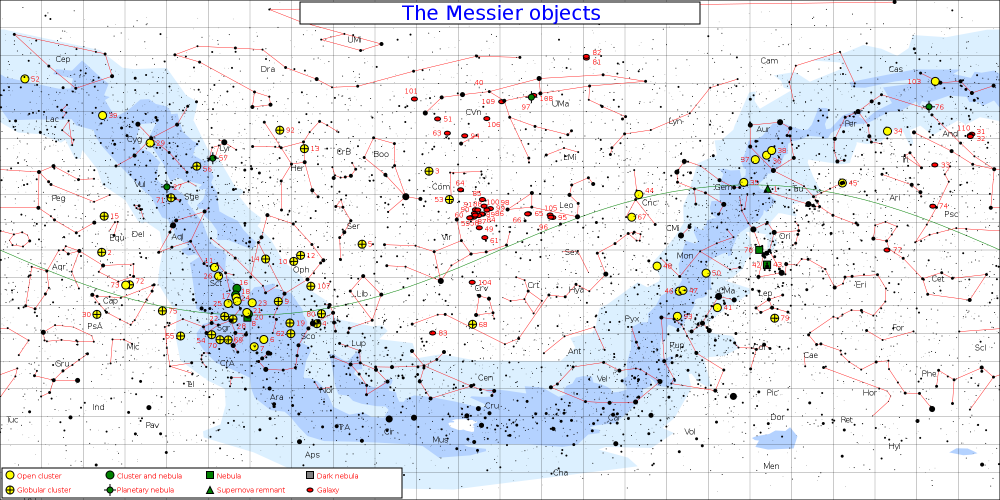Born in Badonviller, France in June of 1730, Charles Messier grew up to become one of the most noted French astronomers for his publication of a catalogue for nebulae and star clusters (aka the Messier Objects). This catalogue served an important role for others who studied comets - "comet hunters"-, nebulae, or star clusters. Since Messier himself was a comet hunter, this catalogue was composed along his journey. While searching for comets, he would come across these nebulae, star clusters, galaxies, and other objects in the night sky. But these objects were just in the way of the comets he was truly in search of. Unfortunately he would often mistake the initial sight of these objects as comets and he was growing tired of it, so he began the list to avoid wasting any future time. Messier did not compile this list entirely on his own, but along with the help of a friend of his, Pierre Mechain, who is credited for around twenty of the Messier Objects.
Most observations for the Messier Objects catalogue took place in Paris, France, as this is where Messier spent the majority of his life. He observed the night sky with a four inch refracting telescope. The first publication of his list in 1774 contained only fourty five objects (Messier is only credited for discovering seventeen of these). The final edition of the list was published seven years later in 1781 and it was comprised of 103 objects. After the final publication, Messier/Mechain had discovered a few more objects (up until M110) which are currently accepted by modern astronomers as official Messier Objects. As a tribute for Messier's outstanding work, a crater on the Moon has been named after him in addition to asteroid 7359 Messier being named after him.
Messier's interest and admiration for astronomy began when he was only fourteen. He witnessed the Great Comet of 1744 (a six tailed comet) and when he was eighteen he witnessed a solar eclipse that was visible from his area. The Great Comet was so apalling because of it's insane apparent magnitude of -7.
In 1751 Messier began his studies under another French astronomer, Joseph Nicolas Delisle, who taught Messier to keep careful documentation of his observations. Messier's first documented observation was at the age o 23 in 1753 when he recorded the transit of Mercury (when Mercury is between the Sun and the Earth and appears to be a little black dot in front of the Sun).
Examples of the Messier Object system include the "M(essier) Object" column in our constellation quizzes. Vulpecula the Fox has M27 which is the Dumbbell Nebula. Cassiopea has M103, a cluster of stars. With 110 M objects out there, there are so many constellations that contain them.
Messier's contributions to astronomy have no doubt been phenomenal.
